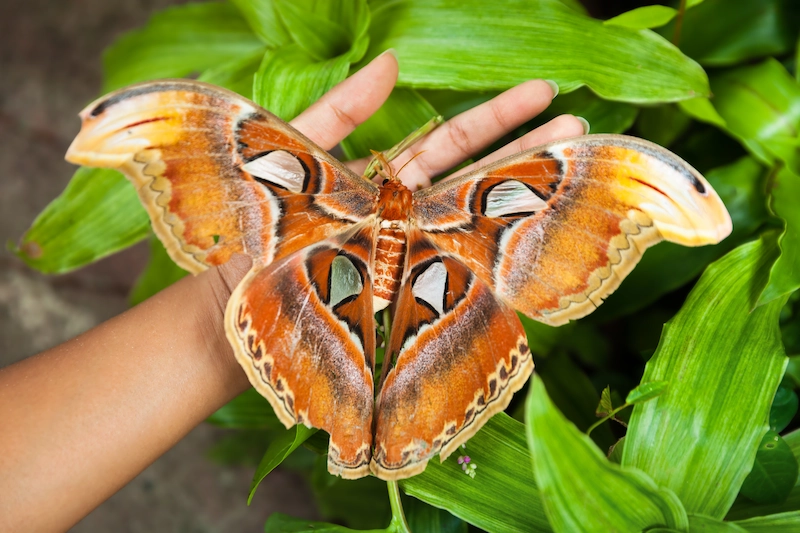Tiny Giants: Discover the World of Insects at Wilhelma’s Insectarium
They may be small, but insects and arthropods make up over 80% of all known animal species—and at Wilhelma, they finally get the spotlight they deserve. In three themed rooms, the Insectarium reveals the astonishing diversity, intelligence, and ecological importance of these tiny creatures, from shimmering butterflies to ancient horseshoe crabs.
At a glance:
Animal species: insects, spiders, millipedes, scorpions, crabs, butterflies
Plant species: nectar-rich plants, rotating floral displays for pollinators
Fun fact: Opened in 2002 using historical 1864 sandstone buildings, the Insectarium includes a humid butterfly hall with 60–90% humidity and 22–28°C temperatures.
Room 1: Small Creatures, Huge Impact
Start with the arthropods, whose abilities continue to inspire researchers in robotics, medicine, and engineering. Leaf-cutter ants demonstrate teamwork and farming, while cockroaches and beetles show nature’s recycling systems. A giant grasshopper and praying mantis model lets you explore insect anatomy up close. Nearby, horseshoe crabs, virtually unchanged for 350 million years, represent the ancient side of the insect world—even if, technically, they’re more closely related to spiders.
Room 2: The Butterfly Hall
This is the heart of the Insectarium—filled with colorful tropical butterflies that flutter freely among exotic flowers. Visitors can witness butterflies hatching live in the morning from pupae in the hatchery, and follow their full life cycle on detailed wall charts. Some pupae are neon green or gold-speckled—stunning in their own right. Sharing this lush space are flying foxes, large fruit bats that add a surprising mammalian twist to this delicate environment.
Room 3: Friends or Foes?
The final section dives into our complex relationship with insects. On one hand: honeybees and ants—admired and appreciated. On the other: pests and disease carriers like termites, phylloxera, or rice beetles, whose spread has largely been facilitated by humans through global trade, monoculture farming, and heated urban environments. Whether heroes or villains, these insects play a critical role in our ecosystems—and Wilhelma’s Insectarium invites you to look at them with fresh eyes.


